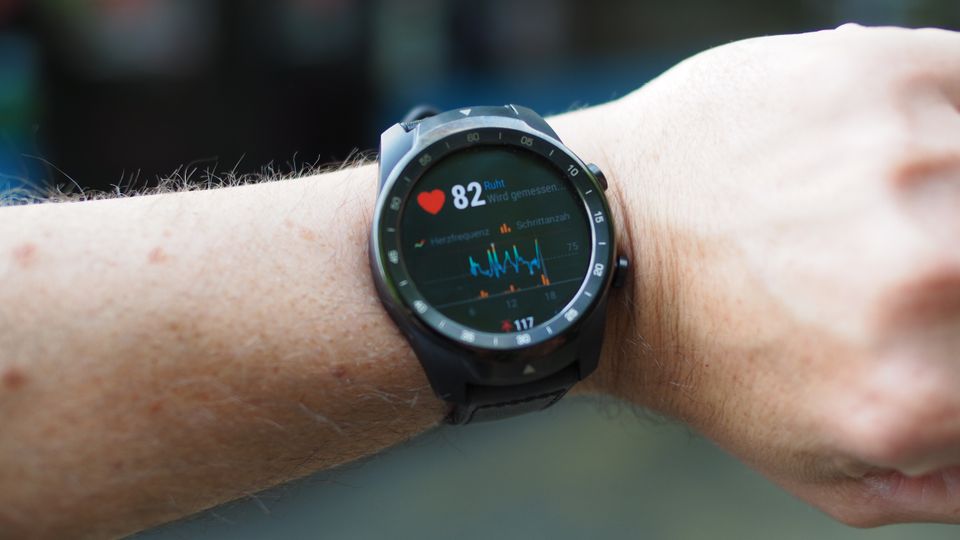🦀 PT Crab Issue 80 - Heartbreaking and Hopeful

This week in PT Crab, we are indeed talking about it, that it being lots of things. With three studies that are based on personality or discussions and one cool infographic from BJSM, we’re both opening dialogues and understanding them better. Ya’ll get to see one of those studies and the infographic. But the one study is a doozy. If you want to see all 4, become a supporter at PTCrab.org/subcribe. Please help PT Crab keep going by signing up. Half price for students!
Also this week, are you at CSM? Or is someone you know? I want to meet you / them! I’m here all week and surprisingly easy to spot. I’m the 6’ 2” guy with the curly, red-tinted mohawk wearing fluorescent Vans tennis shoes and (most likely) a shirt with flowers and (definitely) drinking coffee from a pink thermos while carrying a green messenger bag. Seriously, if you look, you’ll find me. Heck, if you’re not at CSM but still in the state of Texas, I’ll be flamboyant enough that you still have a good chance to spy me walking around. If you do see me, come say hi! I want to meet all of you, but with 1,613 of you reading this, I know that’s a bit tough, so I’ll settle for just the ones in San Antone.
With that, let’s dive in!
Heartbreaking and Hopeful - Women’s Experiences with Chronic Dyspareunia
The Gist - If you work in pelvic health, don’t waste your time reading my summary. Pop right over to this masterpiece of a paper from the Journal of Women’s Health PT. If you don’t work in pelvic health, also do that. But since PT Crab promises summaries, a summary you shall have. I know that this paper (and some other qualitative ones) draws on my inbuilt desire for stories and narrative over data, but stories are important and this is (hopefully) a first of many papers on this topic. What is the topic? The title sums it up: “Southern US Christian Women’s Experiences of Chronic Dyspareunia. I can’t do the details justice since they’re wrapped in great stories, but the gist is this:
8 women went through semistructured interviews about their sexual and religious pasts, focusing on chronic pain during sex, their tactics to deal with it, and healthcare providers’ approaches in the past. It was performed by a pelvic health PT in the “Midsouthern US” who saw these patients on a regular basis.
Summatively, they all had experienced misdiagnosis and dismissal of chronic dyspareunia, with one enduring 19 years of pain before proper diagnosis. Due to religious education and beliefs, most had no penetrative sex until their 20s and none had ever masturbated prior to that either. The authors say that, “When the above circumstances of lack of masturbation/self-play, waiting until their 20s to have penetrative sex, and sex guilt and shame are combined, it is unsurprising that the participants had been experiencing high levels of sexual dysfunction for many years.”
Tell Me More - Before we dive deeper, there are limitations. The group was homogenous by race and economic class, the sample size was only 8, and the study did not attempt to disentangle the potential causes of dyspareunia, like religion, shame, sexual experience, etc. It’s important to remember that this information is from the experiences of 8 people, not a huge study. But that doesn’t make the experiences of these people not real or important, nor does it mean they’re not common experiences. We don’t know yet.
What we do know is that they found sexual intercourse extremely painful and were largely not taken seriously by other medical providers before finding pelvic PT either by referral or independently. Multiple interviewees reported being told that they were “just too small down there” and to loosen up. This information made them believe that things would be better after childbirth but were all (unfortunately) incorrect about this. For some it stayed the same and for others it became worse.
So what can you do with this information? If you’re in pelvic health, the path is clear, but if not, more murky. We can’t change sexual education, I know. But being aware of what the problem is and how it manifests could be helpful in regular patient care. “Lifetime estimates for women experiencing chronic pain during sexual intercourse range from 10% to 28%,” says the paper. So know who to refer to and be open to the conversation if it ever comes up.
I want to read this brilliant paper. I thought you might. It’s here on the Journal’s website and an author has posted it on ResearchGate as well.
Static stretching doesn’t reduce injury risk.
The Gist - I mean, we already know this, right? Well just to make sure, the BJSM has a great infographic and short paper to share about it. When I say this (and when they do) we’re referring to static stretching before a run to reduce running risk. We’re not talking about actual needed, good for you stretching. That’s still effective. They recommend a dynamic warm-up and static stretching after the run if they still want to.
A typical active warm-up for a long-distance runner could commence with 5–10 min of walking or easy jogging. If preparing for a fast running effort, training session or race, then incorporate 6–8 dynamic movement drills with particular focus on the lower limbs (ie, walking lunges, leg swings and A skips). Conclude the warm-up by completing three short efforts at goal running pace (ie, 3×100 m).
They wrap all this up with a tidy infographic that you could even print out if you wanted.
Infographic? Yeah, check that out here.
And that’s our week.

It’s how we grow. Thanks!
Here’s this week’s bibliography:
- Alexander, J., Barton, C., & Willy, R. (2019). Infographic running myth: Static stretching reduces injury risk in runners. British Journal of Sports Medicine, 54, bjsports-2019. https://doi.org/10.1136/bjsports-2019-101169
- Happel-Parkins, A., Azim, K. A., & Moses, A. (2020). “I Just Beared Through It”: Southern US Christian Women’s Experiences of Chronic Dyspareunia. Journal of Women’s Health Physical Therapy, 44(2), 72–86. https://doi.org/10.1097/JWH.0000000000000158






Comments
Want to leave a comment and discuss this with your fellow PTs? Join PT Crab and get summarized PT research in your inbox, every week.